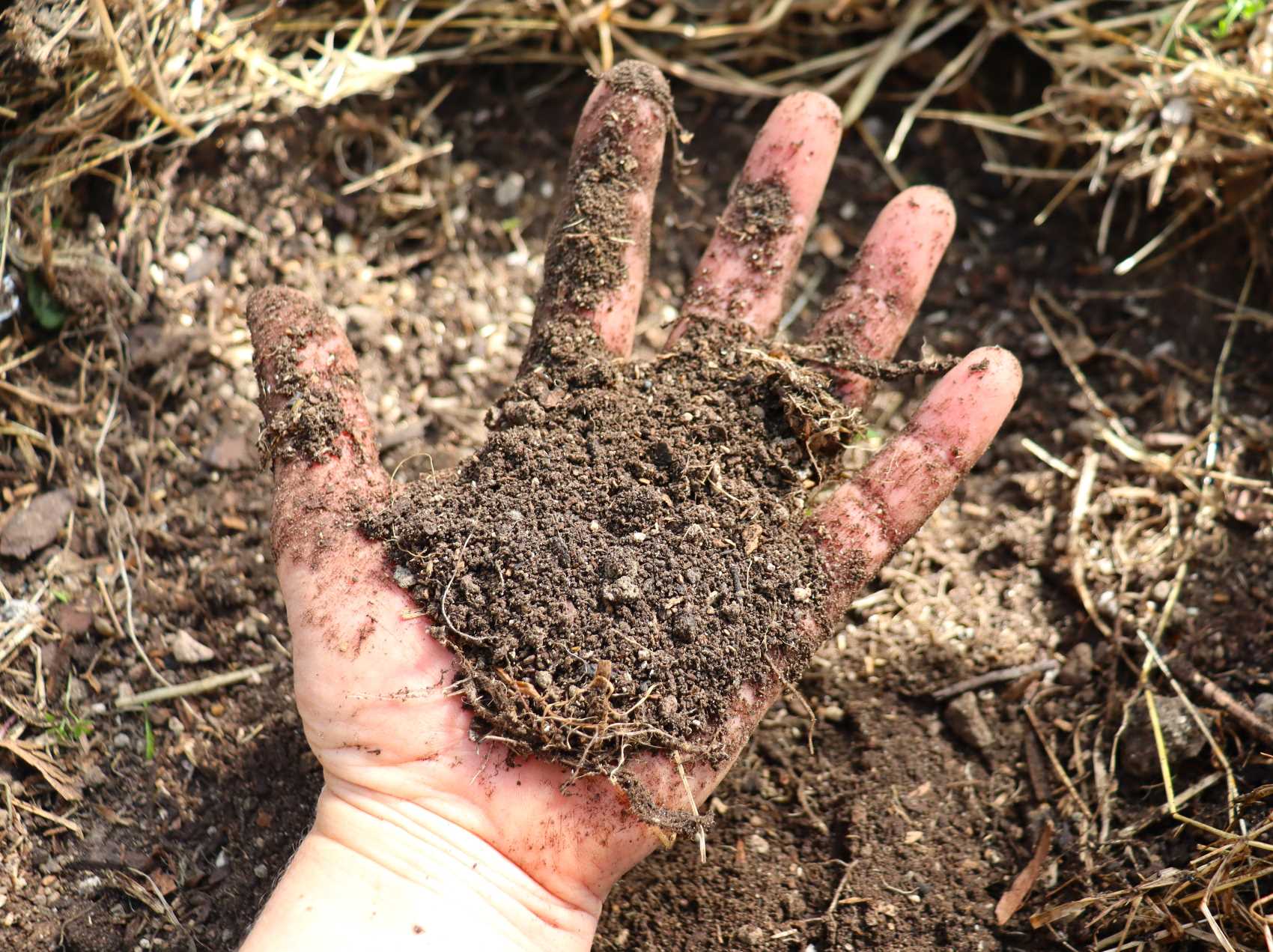How to Rehydrate Dry Soil


Dry, dusty soil is no friend of the food gardener. Healthy soil, like a healthy body - begins with hydration. Without it - everything goes awry: soil microbes (the heart of the operation) leave, particles shrink, mineral exchange goes to sleep and eventually, vital water pathways close up shop. That's why dry soil repels water - it runs off the top of desperately thirsty ground. Just when it needs it most, it simply cannot take it in.
Restoring soil from bone dry to perfectly moist, isn't difficult, but, depending on how far gone it is - it may take a bit of time to awaken all those processes. Clay particles need to swell, salts dissolve and water pathways, reopen.
Here's how to roll your restoration:
- Clear the area first. Cut everything down leaving those all important roots in play. Leave any useful up and coming seedlings, or plants in their prime, and work around them. Drag the plant debris off to the side
- Set up the sprinkler. Test it to make sure the water is landing where you want it to, then run it until puddles appear. Stop to let the water soak in. Toss a cover of some sort over the bed, unless you have the good fortune of doing this on a cloudy or drizzly day.
- Repeat this as many times as needed, until your simple soil moisture test tells you that moisture is restored. Don't rely on your eyes alone because soil can look dark and moist on top, but may still be dry as a bone beneath.
- Really parched soil may need some extra intervention. Break the surface tension by running a nail rake or trowel over the surface of the bed to create a few grooves.
As soon as moisture is restored, saturate the ground in EM + seaweed, or milk and molasses, or whatever liquid feed you have to hand, to stir the biology.
Now you're ready to revive the soil and ready it to receive crops again.
